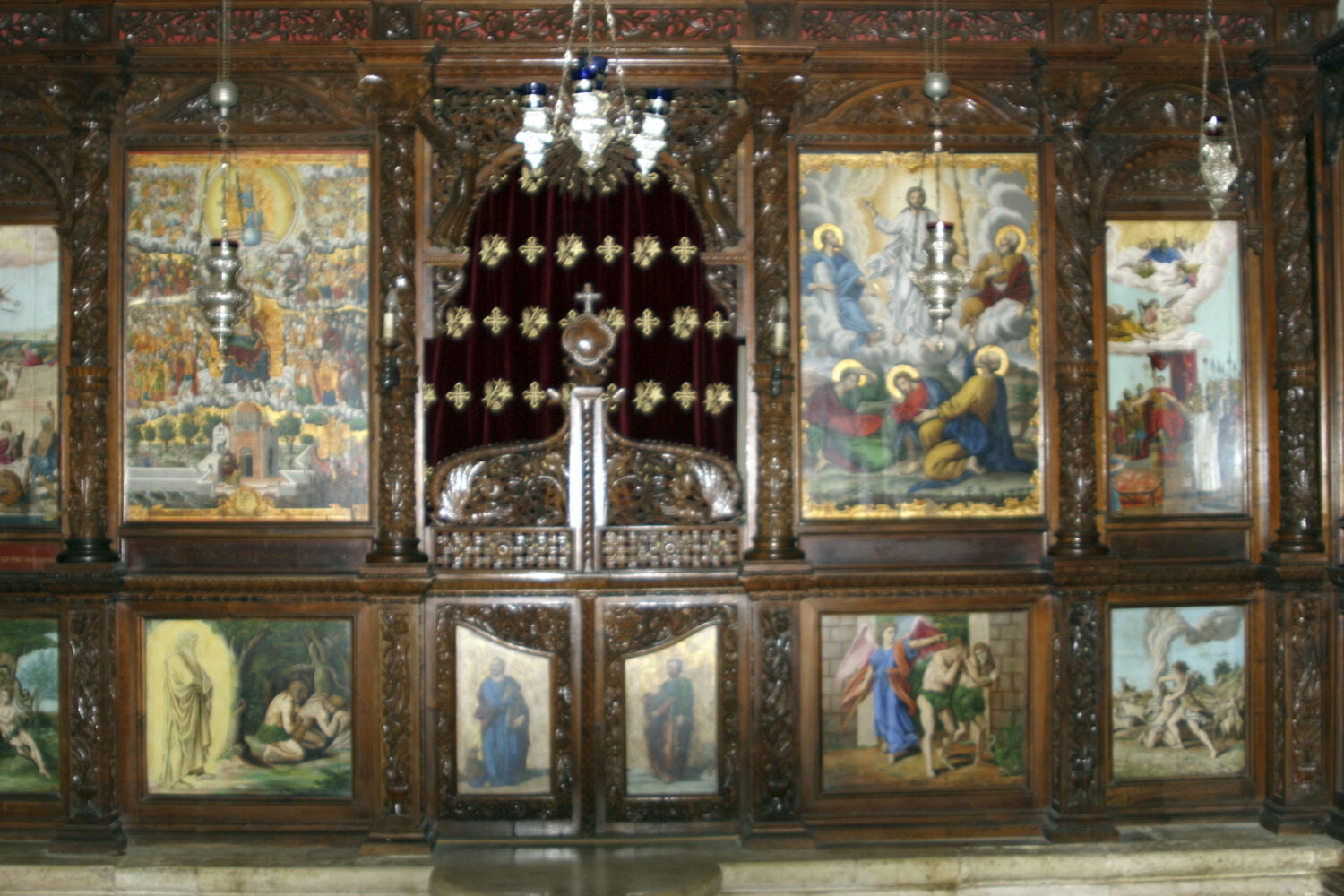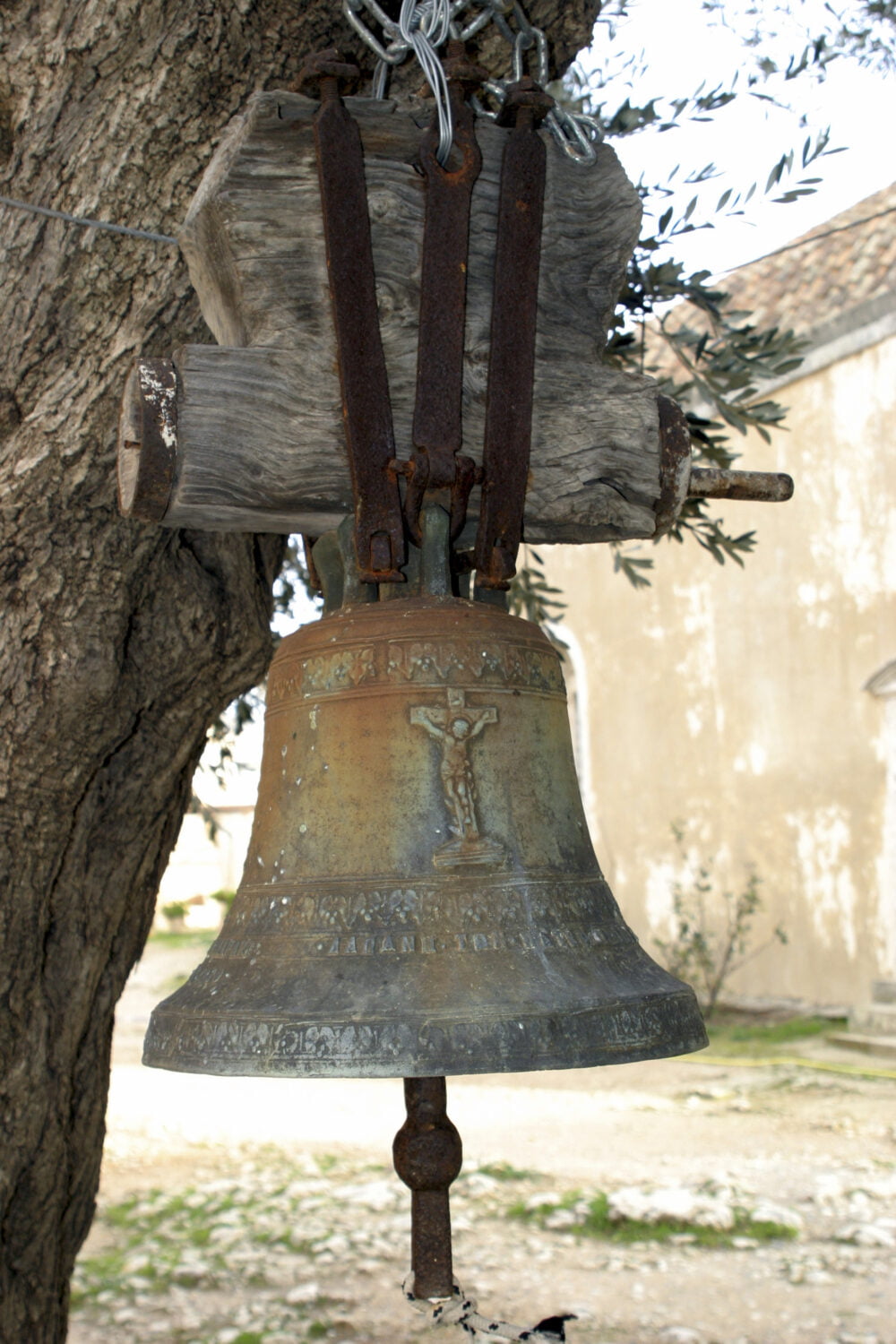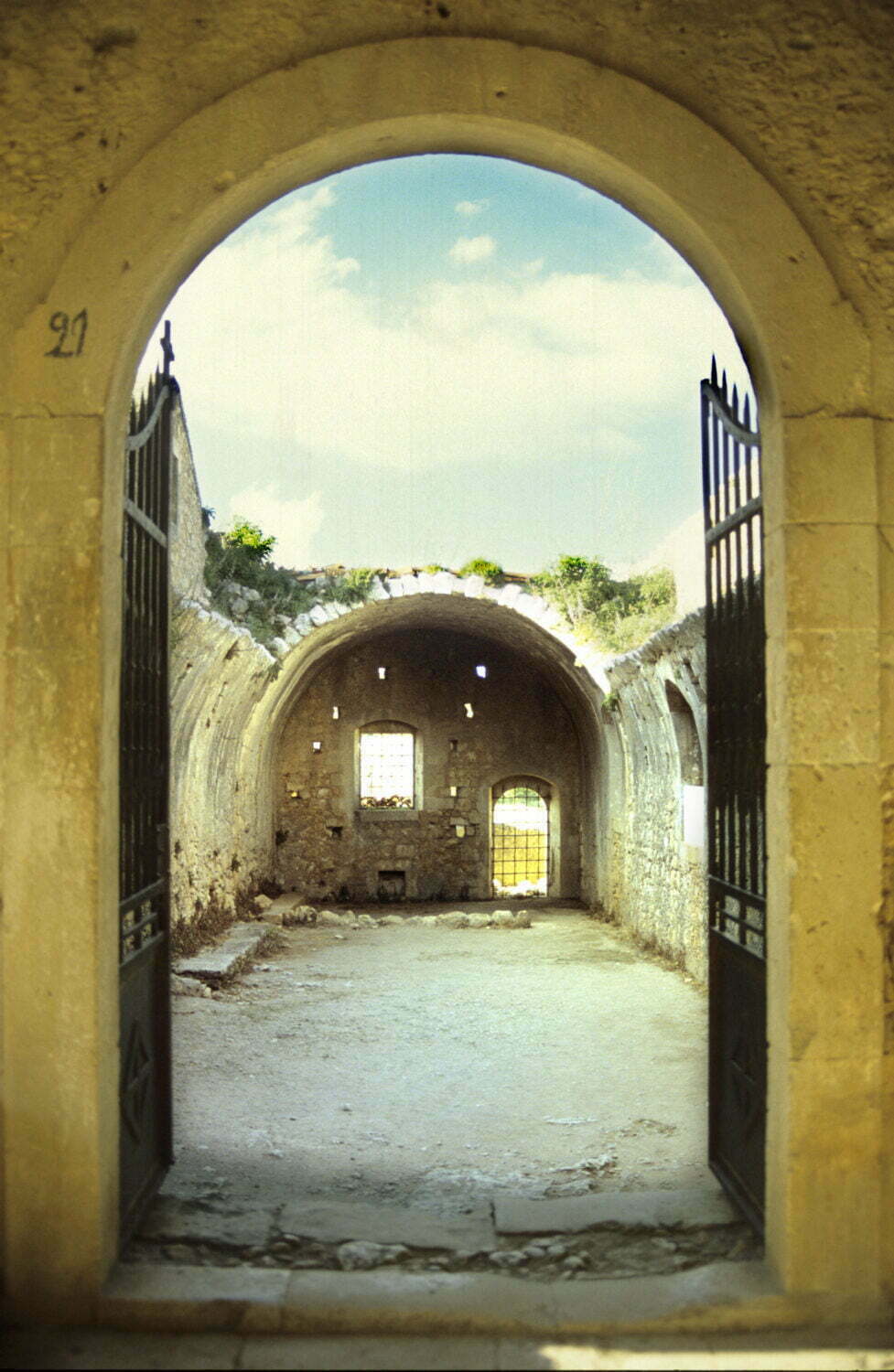The Arkadi Monastery: A Beacon of Cretan Resistance and Faith
Nestled in the embrace of Crete’s idyllic landscape, the Arkadi Monastery stands as a symbol of resistance, faith, and Cretan identity. Its storied past and the tragic heroism of the 1866 Holocaust have etched it into the annals of Greek and Cretan history. Today, it continues to be a place of spiritual solace and a reminder of the indomitable spirit of the Cretan people. This article delves into the rich tapestry of Arkadi’s history and examines its current status as both a religious site and a monument to freedom.
The Historical Tapestry of Arkadi Monastery

Origins and Architectural Splendor
The exact date of Arkadi Monastery’s foundation remains shrouded in the mists of time. Tradition holds that it was established by Byzantine Emperor Arcadius, from whom its name is derived, but historical evidence points to its existence by at least the 14th century. The architectural layout of the monastery is a testament to the various influences that have touched Crete. The catholicon, or main church, dedicated to the Transfiguration of the Savior, is a two-aisled basilica that showcases the harmonious blend of Romanesque and Baroque styles, a rarity in Orthodox ecclesiastical architecture.
The Monastery’s Role in Education and Culture
Arkadi Monastery was not merely a religious centre but a beacon of education and Cretan culture. During the Venetian occupation, it was one of the few places where the Greek language and Orthodox faith were fervently preserved. The monastery housed a school where many prominent Cretan scholars taught, and it became a repository of literature and art, safeguarding precious manuscripts and icons.
The 1866 Holocaust: A Symbol of Defiance
The Arkadi Monastery’s Holocaust in 1866 is not merely a historical event; it is a poignant symbol of Cretan defiance and the universal quest for freedom and dignity. To understand the depth of this tragedy and its significance, one must delve into the broader context of Cretan history and the specific circumstances that led to this cataclysmic event.
The Cretan Revolt Against Ottoman Rule
Crete had been under Ottoman rule since the 17th century, and the Cretan people had endured numerous hardships under this regime. The island’s strategic location in the Mediterranean made it a prized possession for any empire. However, with their strong sense of identity and tradition, the Cretans never fully accepted Ottoman domination. The flame of rebellion was kept alive through the centuries, often breaking into open revolt.
By the mid-19th century, the spirit of nationalism was sweeping through Europe, and the Greek War of Independence (1821–1830) had already inspired the Cretans. The Cretan Revolt of 1866 was part of a series of uprisings that sought to achieve enosis, or union, with Greece, which had become an independent kingdom.

The Siege of Arkadi Monastery
The Arkadi Monastery, due to its strategic location and the protection offered by its formidable walls, became a refuge for Cretan fighters and their families. In early November 1866, as the Ottoman forces became aware of its role as a rebel stronghold, they dispatched a large force to quell the resistance.
The monastery was besieged by an Ottoman army that vastly outnumbered the defenders. Inside the walls were approximately 964 souls, including Cretan fighters and their families, among them many women and children. The monastery’s abbot, Gabriel Marinakis, fervently supported the Cretan cause and refused to surrender.
The Fateful Decision
As the siege wore on, those inside the monastery grew increasingly desperate. The Ottomans launched relentless assaults, but the defenders, despite being outgunned and outnumbered, repelled them time and again. The Cretans knew that the fall of Arkadi would be a severe blow to the rebellion and their hopes for freedom.
With the Ottomans breaching the gates and the end appearing inevitable, the besieged made a decision that would echo through history. Rather than face the dishonour of surrender and the atrocities that would likely follow, they chose to sacrifice themselves in the act of defiance.
The Explosion
Abbot Gabriel, along with other leaders within the monastery, decided to ignite the barrels of gunpowder stored in the monastery’s cellars. The resulting explosion on November 9th, 1866, was catastrophic. It claimed the lives of the majority of the monastery’s defenders and many of the attacking force. The exact number of casualties remains a matter of historical debate, but it is believed that over 800 Cretans lost their lives.

The Aftermath and International Impact
The news of the Arkadi Holocaust spread rapidly around the world. The dramatic nature of the event, with its David versus Goliath overtones and the tragic loss of life, captured the attention of the international community. Reports of the explosion and the Cretans’ sacrifice were published in newspapers across Europe and America, arousing public sympathy and increasing support for the Cretan cause.
The event also had a significant impact on humanitarian efforts. International outrage at the Ottomans’ suppression of the revolt and the humanitarian disaster that followed led to increased pressure on the Ottoman Empire. Volunteers from various countries travelled to Crete to offer their support and fundraising efforts were organised to provide aid to the island.
Legacy of the Holocaust
The Arkadi Monastery’s Holocaust became a symbol of the ultimate sacrifice for freedom and a rallying cry for Cretans and Greeks alike. It was a turning point that eventually contributed to the gradual shift in European powers’ policies, leading to Crete’s autonomy in 1898 and its eventual unification with Greece in 1913.
Today, the monastery stands as a national shrine. The Arkadi Holocaust is commemorated annually, not only as a tribute to those who perished but also as a reminder of the enduring human spirit and the quest for self-determination. The sacrifice at Arkadi has been etched into the collective memory of the Cretan people, serving as an enduring symbol of their resilience and unity in the face of oppression.
The Arkadi Monastery’s Holocaust is a poignant chapter in the tapestry of human history, a story of courage, sacrifice, and the unquenchable desire for freedom. It is a testament to the idea that some values are held so dearly that their defence transcends the survival instinct. The legacy of 1866 continues to inspire not only Cretans and Greeks but all who cherish liberty and the human spirit’s capacity for heroism.

The Monastery Today: A Living Monument
Preservation and Recognition
In the aftermath of the explosion, the monastery was left in ruins. However, over the years, it has been meticulously restored. The Arkadi Monastery was designated as a European Freedom Monument by UNESCO in 1976, recognising its role in the fight for freedom and human rights.
The Monastery as a Pilgrimage Site
Today, the monastery continues to function as an active religious site. It is a place of pilgrimage not only for the devout but also for those who wish to pay homage to the sacrifice of the 1866 heroes. The ossuary, which houses the skulls and bones of those who perished, serves as a poignant reminder of the cost of freedom.
The Monastery’s Role in Modern Crete
Arkadi Monastery remains a symbol of Cretan identity and resilience. It is a focal point for cultural events and commemorations, particularly on November 8th, the anniversary of the Holocaust. The monastery also contributes to the local economy through tourism and producing olive oil, wine, and other monastic products.
Challenges and Conservation Efforts
Despite its significance, the monastery faces challenges. The preservation of its ancient structures and artworks requires constant attention and funding. Conservation efforts are ongoing, with the Greek government and various cultural organisations working to ensure that the monastery remains a testament to Cretan history and spirituality.
Conclusion
The Arkadi Monastery is more than just a religious building; it is a symbol of the Cretan spirit, a site of historical significance, and a living testament to the island’s enduring struggle for freedom and autonomy. Its walls tell a story of faith, education, and sacrifice—a narrative that inspires and resonates with visitors worldwide. Today, the monastery is a sacred place for worship and a guardian of Cretan heritage, embodying the island’s past and hopes for the future.
Table of Contents
Views: 139


Love these posts. I live in Crete and have visited most of what you write about here. My favourite place is Delphi. and have visited Spinalonga many times which must have been such a sad place at the time. Thanks for sharing your research of this lovely Island.
Thank you Rita.